Bigger screen doesn't always mean bigger smartphone: 7 perfect examples to prove that
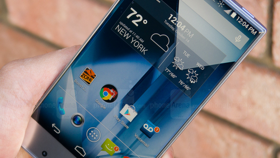
There's no perfect smartphone screen size, but one thing's clear: in the last years, displays have gotten bigger and bigger. Of course, this means that the overall size of smartphones has also increased, though a larger display doesn't necessarily mean a bigger device.
When we hear that a handset has, say, a 5.5-inch screen, while another packs a 6-inch one, most of us likely instantly imagine that the latter device is considerably larger. Obviously, that's not always true.
Some manufacturers are striving (and succeeding) to design their smartphones in such a way that they remain quite compact, despite the fact that they feature big displays. At the same time, other companies don't seem to be interested in screen-to-body ratios. Let's take a look at some smartphones that have about the same dimensions, and yet offer screens of (often significantly) different sizes. From the smallest to the largest:
Sharp Aquos Crystal vs. Samsung Galaxy A3
Although it sports a 5-inch display, the Sharp Aquos Crystal is only 131 mm tall and 67 mm wide, being comparable to Samsung's 4.5-inch Galaxy A3 (130.1 mm tall, and 65.5 mm wide). The key to the compact dimensions of the Aquos Crystal is its almost bezel-less screen, which gives the handset a distinct look. Available in the US since last year (at Sprint and Boost Mobile), the Sharp Aquos Crystal is not a smartphone that we normally get to see in North America. However, this type of design is not that unusual in Japan, Sharp's home country.
Apple iPhone 6 vs. Google Nexus 5
Apple's iPhones were always among the high-end handsets with the lowest screen-to-body ratio, and things aren't different when it comes to the iPhone 6. With its 4.7-inch display, the iPhone 6 is 138.1 mm tall and 67 mm wide: dimensions that are normal for 5-inch Android smartphones, like the LG-made Google Nexus 5 (137.84 x 69.17 mm).
Samsung Galaxy S6 edge vs. HTC Desire 610
The Galaxy S6 and S6 edge have the same screen size of last year's Galaxy S5 (5.1 inches), and yet they're a bit narrower. The S6 edge (142.1 x 70.1 x 7 mm) is even shorter and narrower than the regular S6, while also being a tad smaller than the Desire 610 (143.1 x 70.5 x 9.6 mm), despite the fact that HTC's smartphone only offers a 4.7-inch screen.
HTC One M9 vs. Motorola Droid Turbo
Like the Desire 610, the HTC One M9 is another handset that's too big for the size of the screen it's packing, and that's mainly because its BoomSound speakers are taking a lot of space above and below the display. The One M9 is a 5-inch device, and yet it's taller than the 5.2-inch Motorola Droid Turbo (144.6 x 69.7 mm vs. 143.5 x 73.3 mm).
LG G3 vs. Sony Xperia Z3
LG is well-known for making smartphones with thin bezels for quite some time. Thus, it's no wonder that its G3 is one of the most compact 5.5-inch handsets on the market, measuring only 146.3 x 74.6 x 8.9 mm. These dimensions make the LG G3 comparable to Sony's Xperia Z3 (146 x 72 x 7.3 mm), which, as you may know, offers a 5.2-inch screen.
HTC Desire 826 vs. Huawei Ascend Mate7
And here's yet another HTC handset that's larger than most of the devices in its class: the Desire 826. This has a 5.5-inch display, but it's taller than the Huawei Ascend Mate7, which sports a 6-inch screen. Of course, Huawei's smartphone is wider, though not by much.
iPhone 6 Plus vs. Google Nexus 6
The iPhone 6 Plus is not just Apple's largest smartphone to date, but also one of the largest high-end smartphones ever made by a top manufacturer. While its screen only measures 5.5 inches, the iPhone 6 Plus is 158.1 mm tall and 77.8 mm wide, thus being only a tad smaller than the Motorola-made Google Nexus 6 (159.26 x 82.98 mm), which comes with a 6-inch display.
Some manufacturers are striving (and succeeding) to design their smartphones in such a way that they remain quite compact, despite the fact that they feature big displays. At the same time, other companies don't seem to be interested in screen-to-body ratios. Let's take a look at some smartphones that have about the same dimensions, and yet offer screens of (often significantly) different sizes. From the smallest to the largest:
Although it sports a 5-inch display, the Sharp Aquos Crystal is only 131 mm tall and 67 mm wide, being comparable to Samsung's 4.5-inch Galaxy A3 (130.1 mm tall, and 65.5 mm wide). The key to the compact dimensions of the Aquos Crystal is its almost bezel-less screen, which gives the handset a distinct look. Available in the US since last year (at Sprint and Boost Mobile), the Sharp Aquos Crystal is not a smartphone that we normally get to see in North America. However, this type of design is not that unusual in Japan, Sharp's home country.
Apple iPhone 6 vs. Google Nexus 5
Apple's iPhones were always among the high-end handsets with the lowest screen-to-body ratio, and things aren't different when it comes to the iPhone 6. With its 4.7-inch display, the iPhone 6 is 138.1 mm tall and 67 mm wide: dimensions that are normal for 5-inch Android smartphones, like the LG-made Google Nexus 5 (137.84 x 69.17 mm).
Samsung Galaxy S6 edge vs. HTC Desire 610
The Galaxy S6 and S6 edge have the same screen size of last year's Galaxy S5 (5.1 inches), and yet they're a bit narrower. The S6 edge (142.1 x 70.1 x 7 mm) is even shorter and narrower than the regular S6, while also being a tad smaller than the Desire 610 (143.1 x 70.5 x 9.6 mm), despite the fact that HTC's smartphone only offers a 4.7-inch screen.
HTC One M9 vs. Motorola Droid Turbo
Like the Desire 610, the HTC One M9 is another handset that's too big for the size of the screen it's packing, and that's mainly because its BoomSound speakers are taking a lot of space above and below the display. The One M9 is a 5-inch device, and yet it's taller than the 5.2-inch Motorola Droid Turbo (144.6 x 69.7 mm vs. 143.5 x 73.3 mm).
LG G3 vs. Sony Xperia Z3
LG is well-known for making smartphones with thin bezels for quite some time. Thus, it's no wonder that its G3 is one of the most compact 5.5-inch handsets on the market, measuring only 146.3 x 74.6 x 8.9 mm. These dimensions make the LG G3 comparable to Sony's Xperia Z3 (146 x 72 x 7.3 mm), which, as you may know, offers a 5.2-inch screen.
HTC Desire 826 vs. Huawei Ascend Mate7
And here's yet another HTC handset that's larger than most of the devices in its class: the Desire 826. This has a 5.5-inch display, but it's taller than the Huawei Ascend Mate7, which sports a 6-inch screen. Of course, Huawei's smartphone is wider, though not by much.
iPhone 6 Plus vs. Google Nexus 6
The iPhone 6 Plus is not just Apple's largest smartphone to date, but also one of the largest high-end smartphones ever made by a top manufacturer. While its screen only measures 5.5 inches, the iPhone 6 Plus is 158.1 mm tall and 77.8 mm wide, thus being only a tad smaller than the Motorola-made Google Nexus 6 (159.26 x 82.98 mm), which comes with a 6-inch display.
Follow us on Google News

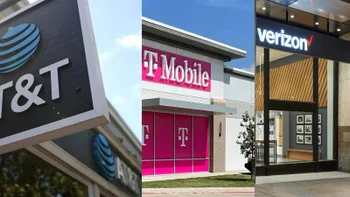
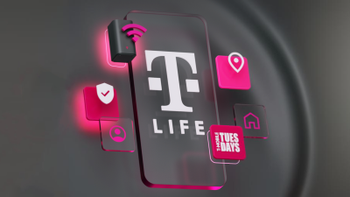
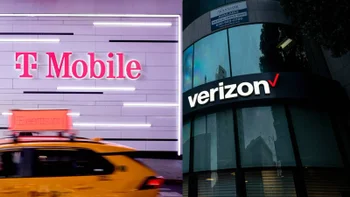

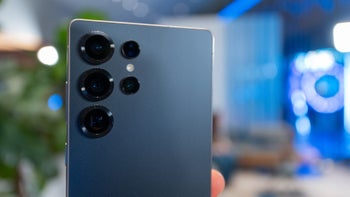
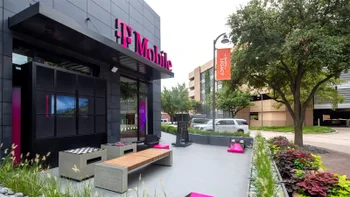
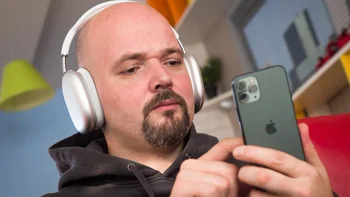
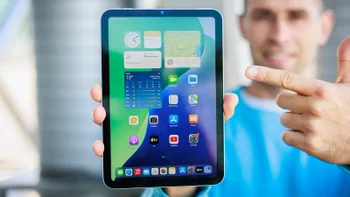

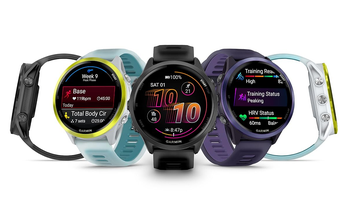

Things that are NOT allowed:
To help keep our community safe and free from spam, we apply temporary limits to newly created accounts: